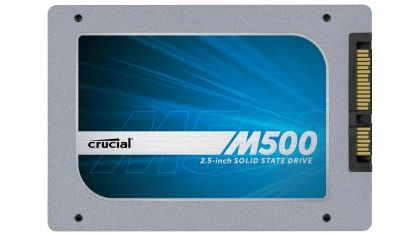


To me, that requires an open-source media player with a long-ish history and a large and diverse user community, running on a main-stream open-source platform (some flavour of Linux). The high-level requirements are that I want something that does the job well, is well supported, is likely to continue to be well-supported for a very long time, allows me to make changes and support it, isn’t based on a surveillance-capitalism business model, and is toward the front of the pack on security updates. Then things start to fail as other services they rely on change, while the media player is stuck at the last update. In the past I have used proprietary media players, but they inevitably cease to be supported after a while. I won’t get smart TVs because they are surveillance sinkholes.

I have a couple of dumb TVs around the house and a collection of ripped CDs and DVDs stored on a NAS, so I need media player devices to play music and videos on the TVs. This was so simple it hardly counts as a project, but you might find the reasoning behind some of the decisions to be helpful. I recently used a basic Raspberry Pi kit to make a media player. So, I prefer guides that expose some of the thinking behind the steps, because the rationale is likely to last better than the details. This is especially true with technology projects because everything changes so quickly.Ī project guide written only 6 months ago can be obsolete in a few details.

How-to guides are very useful, but while “do this, then do that” is great to reproduce exactly what is in the guide, it’s less helpful if you want or need to modify the project. Logic Level Converter Bi-Directional Price: $3.20ĭC Water Pump (DC2.1 Connector) Price: $4.90 Raspberry Pi Pico W with Soldered Male Headers Price: $15.05 PiicoDev Ultrasonic Rangefinder Price: $9.70


 0 kommentar(er)
0 kommentar(er)
